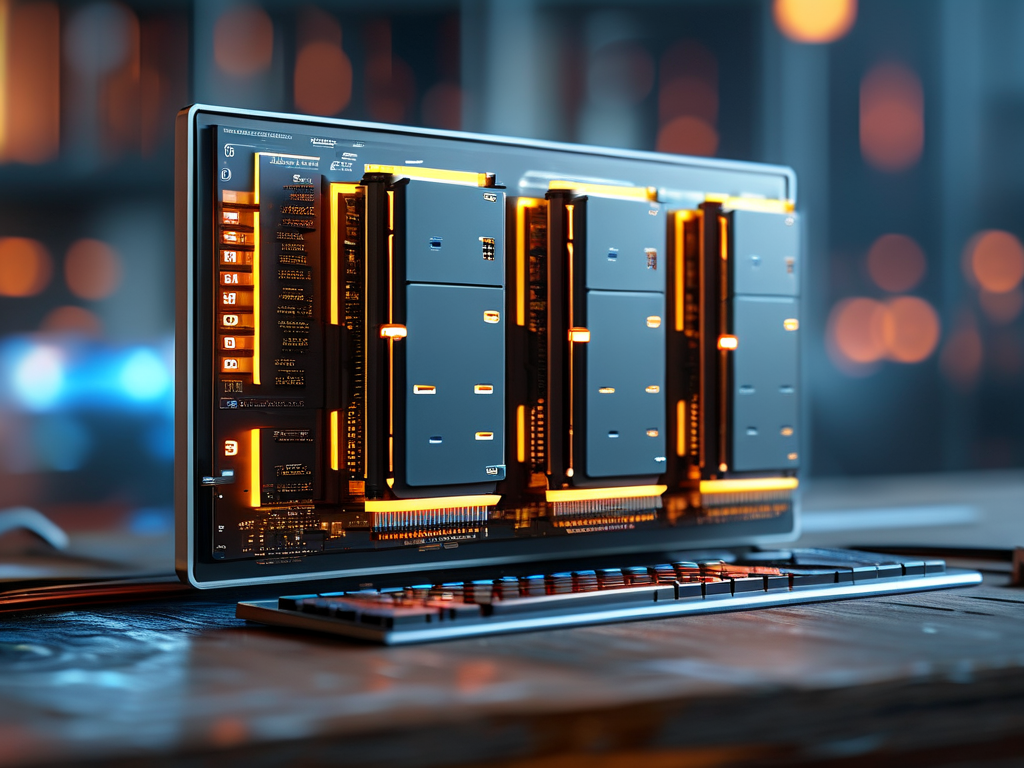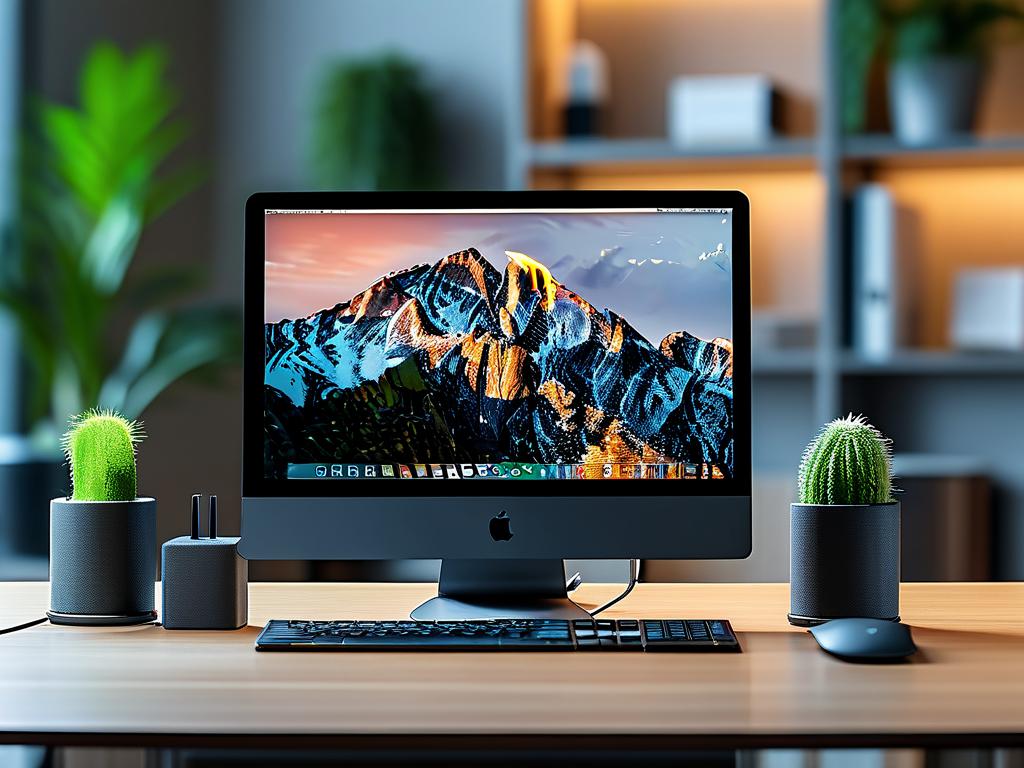In computing, the concept of "doubling memory" often puzzles both newcomers and seasoned professionals. Why do systems sometimes require twice the memory for seemingly straightforward tasks? This article explores the technical, historical, and practical reasons behind this phenomenon, shedding light on its role in modern computing.

1. The Basics of Memory Allocation
Memory doubling is rooted in how computers manage resources. When a program runs, the operating system allocates memory for its code, data, and runtime operations. However, this allocation isn't always linear. For example, memory fragmentation-where free memory blocks are scattered-forces systems to reserve extra space to ensure contiguous blocks are available. This "safety buffer" effectively doubles the memory requirement in worst-case scenarios.
Another layer involves virtual memory, a technique that allows systems to use disk space as an extension of RAM. Here, the operating system maps virtual addresses to physical ones. To maintain efficiency, memory managers often pre-allocate virtual addresses in large chunks, even if the immediate need is smaller. This precautionary measure ensures scalability but temporarily doubles the memory footprint.
2. Historical Context: From Hardware Limits to Software Demands
In early computing, hardware constraints played a significant role. Early processors had limited addressing capabilities. For instance, a 16-bit system could directly access only 64KB of memory. To work around this, developers used bank switching, a method that doubled (or further segmented) memory access by toggling between memory banks. While inefficient by today's standards, this approach was critical for running complex applications on limited hardware.
As software grew more sophisticated, memory management strategies evolved. The rise of multitasking operating systems in the 1980s, such as Unix and Windows, required memory isolation between processes. Each program needed its own "sandboxed" memory space to prevent crashes or data corruption. This isolation inherently doubled memory usage but was essential for stability.
3. Technical Necessities: Alignment, Redundancy, and Performance
Modern systems prioritize performance and reliability, which often necessitates doubling memory:
-
Memory Alignment: Processors access data more efficiently when it's aligned to specific boundaries (e.g., 4-byte or 8-byte alignment). If a data structure isn't perfectly sized, the system pads it with empty bytes, effectively doubling its memory consumption in some cases.
-
Redundancy for Error Correction: High-reliability systems, such as servers or aerospace computers, use ECC (Error-Correcting Code) memory. ECC requires extra bits to detect and fix errors, increasing memory usage by approximately 12–20%. While not a full doubling, this highlights the trade-off between reliability and resource consumption.
-
Caching and Prefetching: CPUs use cache memory to store frequently accessed data. To minimize latency, prefetch algorithms load adjacent data into cache lines, even if it's not immediately needed. This speculative allocation can double the effective cache usage but significantly boosts processing speed.
4. Case Study: Graphics and Real-Time Systems
Graphics rendering provides a clear example of memory doubling. Modern GPUs use double buffering to prevent visual artifacts. While one buffer displays the current frame, the GPU renders the next frame in a second buffer. This approach ensures smooth visuals but requires twice the memory for frame storage. Similarly, real-time systems (e.g., autonomous vehicles) use redundant memory arrays to process sensor data in parallel, ensuring fail-safe operations.
5. The Illusion of "Double" in User-Facing Contexts
End-users often encounter memory doubling in misleading ways. For instance, upgrading a computer from 8GB to 16GB RAM might feel like a "doubling," but the actual performance gain depends on workload. Memory-hungry applications like video editing or machine learning models benefit linearly, while everyday tasks see diminishing returns. This discrepancy stems from how operating systems handle memory compression and swap files, which mask physical limitations.
6. Future Trends: Is Doubling Still Relevant?
With advancements in memory technology, the need for doubling is gradually declining. Non-volatile memory (e.g., Intel Optane) blurs the line between RAM and storage, reducing reliance on virtual memory. Meanwhile, AI-driven memory managers optimize allocations in real time, minimizing wasted space. However, principles like redundancy and alignment remain foundational, ensuring that "doubling" will persist in niche applications for years to come.
Memory doubling is neither an arbitrary choice nor a flaw-it's a calculated compromise between performance, reliability, and historical legacy. By understanding its origins and applications, developers and users alike can make informed decisions about resource allocation, system design, and hardware upgrades. As computing continues to evolve, so too will the strategies for managing its most precious resource: memory.









